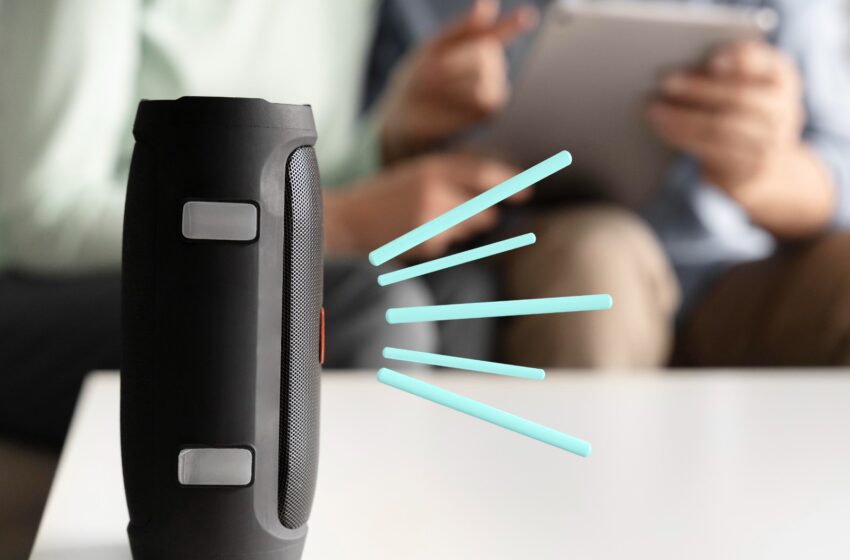The Impact of Voice Recognition Technology on Consumer Behavior

The advent of voice recognition technology has ushered in a new era in consumer interaction and behavior. As devices become smarter and more interconnected, the way we search for information, shop, and interact with technology is fundamentally changing. This article explores the significant impact of voice recognition technology on consumer behavior, highlighting how it’s reshaping marketing strategies, product development, and the overall customer experience.
The Rise of Voice-Assisted Devices
Voice recognition technology has become increasingly sophisticated, enabling devices to understand and process human speech with remarkable accuracy. This has led to the widespread adoption of voice-assisted devices, such as smartphones, smart speakers (e.g., Amazon Echo, Google Home), and other IoT (Internet of Things) devices, transforming them into integral components of daily life. Consumers are increasingly relying on voice commands to perform a wide range of activities, from setting alarms and creating shopping lists to controlling smart home devices and making purchases.
Changing Search Behaviors
One of the most significant impacts of voice recognition technology is on how consumers search for information. Voice searches tend to be more conversational and longer than text-based searches, leading to a shift in SEO (Search Engine Optimization) strategies. Businesses are now optimizing content for voice search by focusing on natural language, question-based queries, and local search optimizations to ensure visibility in voice search results. This shift emphasizes the importance of understanding the nuances of spoken queries and providing direct, concise answers that voice assistants can easily relay to users.
Influence on Shopping and E-commerce
Voice recognition technology is also revolutionizing the shopping experience. Consumers can now make purchases or add items to their shopping carts with simple voice commands. This hands-free convenience is particularly appealing for multitasking individuals, leading to an increase in impulse buying and more frequent purchases. E-commerce platforms and retailers are adapting by integrating voice shopping capabilities and optimizing their products for voice search discoverability.
Personalization and Customer Experience
Voice recognition technology offers unprecedented levels of personalization. Voice assistants can learn from individual speech patterns, preferences, and behaviors, allowing for tailored recommendations and services. This personalization enhances the customer experience, fostering brand loyalty and engagement. Businesses are leveraging these insights to deliver more personalized marketing messages, product recommendations, and customer support solutions.
Privacy Concerns and Consumer Trust
Despite the benefits, the increased use of voice recognition technology raises privacy and security concerns. The collection and analysis of voice data pose significant risks, including potential eavesdropping and data breaches. Consumers are becoming increasingly aware of these issues, which can influence their behavior and willingness to use voice-assisted devices. Companies must address these concerns by implementing robust security measures, transparent data usage policies, and giving users control over their data to maintain trust and encourage the continued use of voice technology.
The Future of Voice Recognition Technology
As voice recognition technology continues to evolve, its impact on consumer behavior is expected to deepen. Future advancements may include more sophisticated personalization, seamless integration across devices and platforms, and the expansion of voice commerce. To stay competitive, businesses must keep pace with these developments, adapting their strategies to meet changing consumer expectations and preferences.
Conclusion
Voice recognition technology is reshaping consumer behavior in profound ways, offering convenience, personalization, and a more interactive relationship with technology. As consumers increasingly turn to voice commands to navigate their digital and physical worlds, businesses must adapt to these changes by optimizing for voice search, embracing voice-enabled commerce, and prioritizing user privacy and security. By understanding and leveraging the potential of voice recognition technology, businesses can enhance the customer experience, fostering loyalty and driving growth in this voice-activated world.
(Nominate Now: Join us to spotlight your achievements! Be part of the elite in the business and finance community. Exciting opportunities await!)







